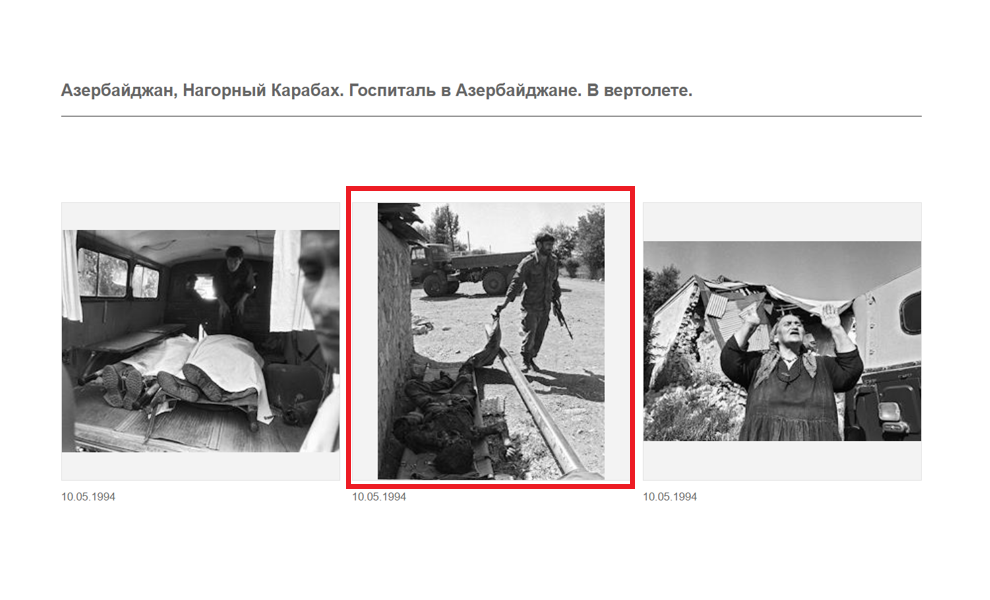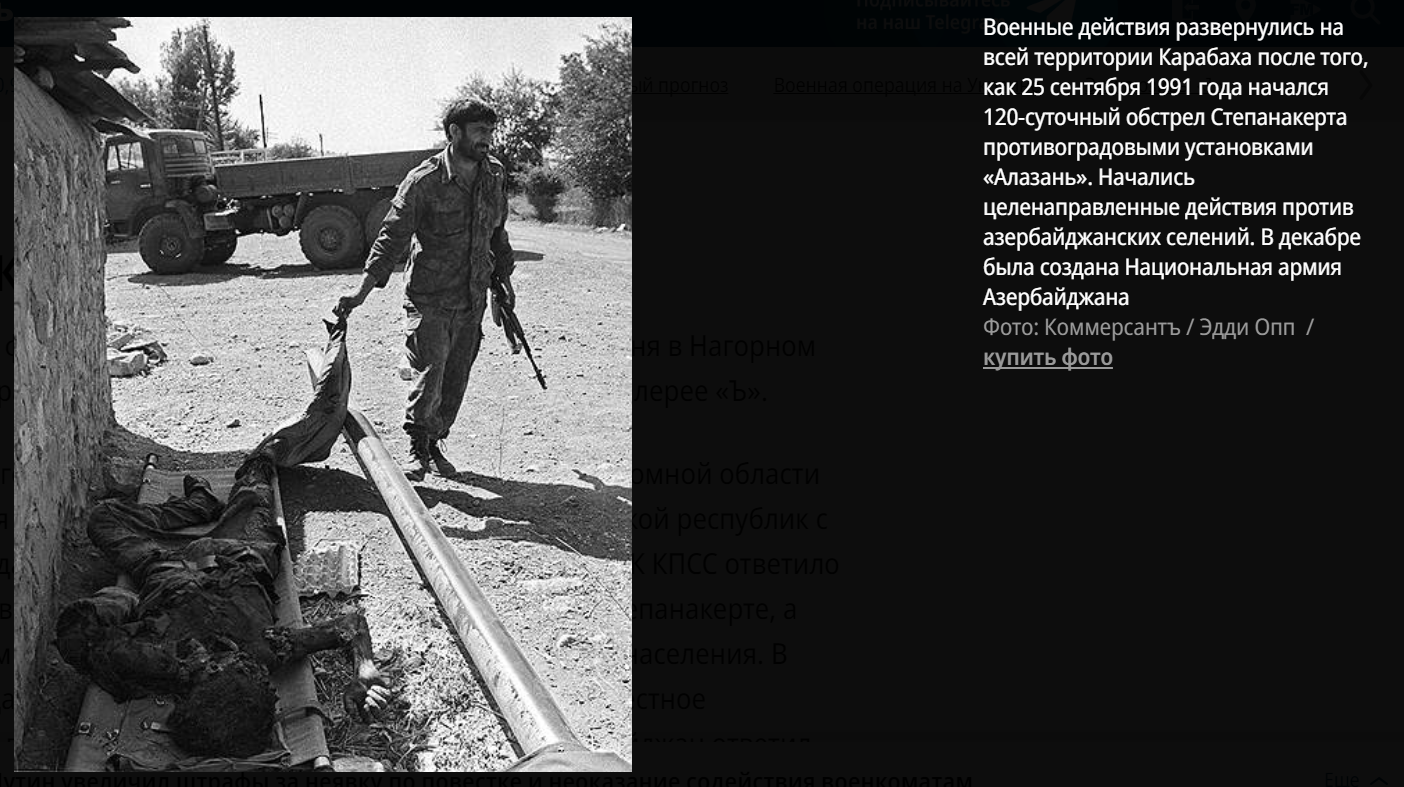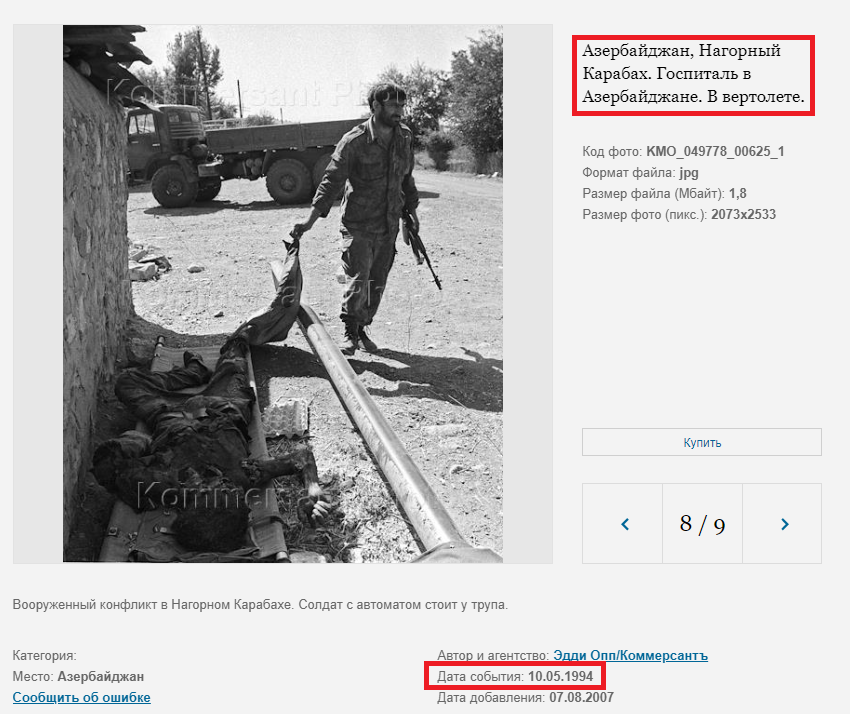
There is conflicting information regarding the identity of Vagif Khachatryan, a 68-year-old resident of Artsakh who was taken captive and subsequently arrested by the Azerbaijan border guard service on July 29.
Various Azerbaijani (or Azerbaijani-funded) sources are circulating a photo that supposedly shows Khachatryan’s involvement in “the crimes committed against the residents of the village of Meshali in the Khojalu region on December 21, 1991.”
No evidence is provided to confirm that the man in the photo is actually Vagif Khachatryan. Additionally, the Armenian internet domain disputes these claims and asserts that the picture is not from 1991 but rather from 1994.
Vagif Khachatryan was abducted from Lachin while attempting to relocate to Armenia with the assistance of the International Committee of the Red Cross for medical care. The Prosecutor General’s Office of Azerbaijan declared that he had been indicted in 2013 and was proclaimed internationally wanted in the same year. This announcement was made several hours after the incident.
The Human Rights Defender of Armenia has reported that there is no information indicating that the abducted person has been added to any international wanted list. Additionally, Artak Beglaryan, advisor to the president of Artsakh, has refuted this accusation.
The fact-checking team at Media.am thoroughly examined the information circulating on the topic and checked its credibility.
The Russian Kommersant is the initial source of the photo. The caption in Kommersant’s photo story section probably was responsible for the widespread belief that the photo was taken in 1991, “Starting on September 25, 1991, there was a 120-day shelling of anti-hail installations called “Alazan” in Stepanakert; this led to military operations across the territory of Karabakh.”

However, this is not the caption of the given photo. The date of the event captured in the photograph can be found in the Kommersant photo archive.

The photo caption reads, “Mountainous Karabakh. Hospital in Azerbaijan. In a helicopter.” The event date is stated 1994, and the photo was published in 2007; the photograph was taken by Eddie Oppi.
Based on the captions, it appears that these photos were taken in an area controlled by Azerbaijan. They depict injured people being treated in a hospital, as well as some people being transported to Baku by helicopter with the assistance of armed soldiers. Additionally, there are photographs of the dead.
The man depicted in the photo is part of that photo story. There is no further information regarding his identity; thus, it is unclear why the Azerbaijani sources claim that the armed man in photos taken on Azerbaijani territory is Vagif Khachatryan.
On July 31, Gegham Stepanyan, the human rights defender in Artsakh, shared a photo on Twitter of Vagif Khachatryan from the 1990s.
Various Azerbaijani users, including diplomats, use a picture of a soldier downloaded from the Internet and present it as a picture of Vagif Khachatryan. Here I present the picture of Vagif Khachatryan taken in the 1990s, which proves the lies of the AZE propaganda machine. pic.twitter.com/wNTY0sj1ZA
— Gegham Stepanyan #StopArtsakhBlockade (@Gegham_Artsakh) July 29, 2023
Comparing the old and new photos of Vagif Khachatryan with the photo of the man published by Kommersant, we see that the first striking difference is in the structure of their noses.
It’s crucial to remember that the information provided by Kommersant may not always be trustworthy. They have a track record of disseminating misinformation about the Karabakh conflict in the past.
Back in 2018, an article in media.am discussed a photo that was published in Kommersant with the caption “Victims of the Khojalu Massacre.” However, it was later revealed that the photo was taken in Gyumri after the earthquake in 1988. The photographer, Igor Gavrilov, stated that the photo was unrelated to Khojalu.


Add new comment
Comments by Media.am readers become public after moderation. We urge our readers not to leave anonymous comments. It’s always nice to know with whom one is speaking.
We do not publish comments that contain profanities, non-normative lexicon, personal attacks or threats. We do not publish comments that spread hate.